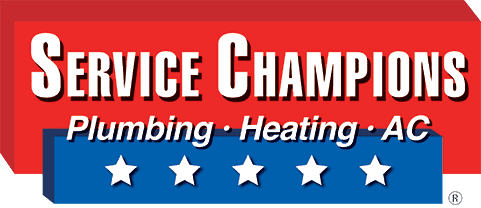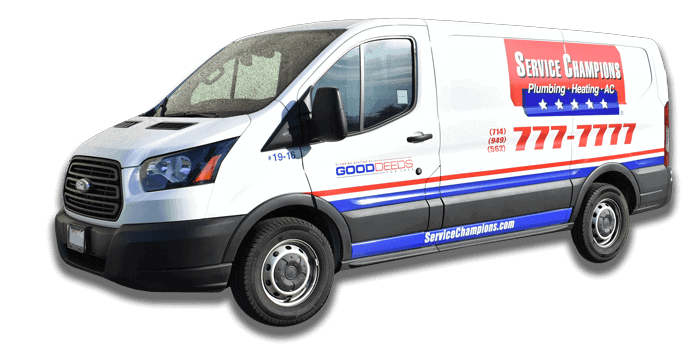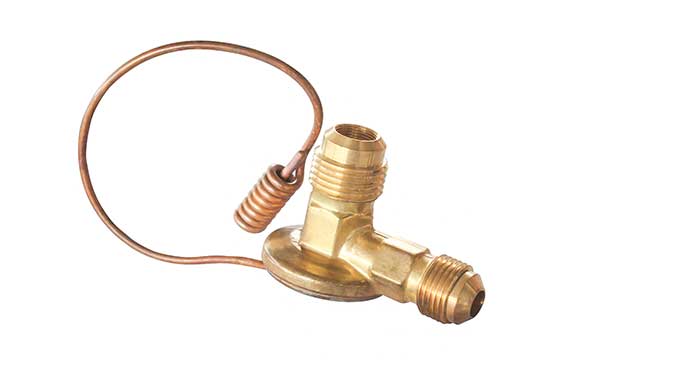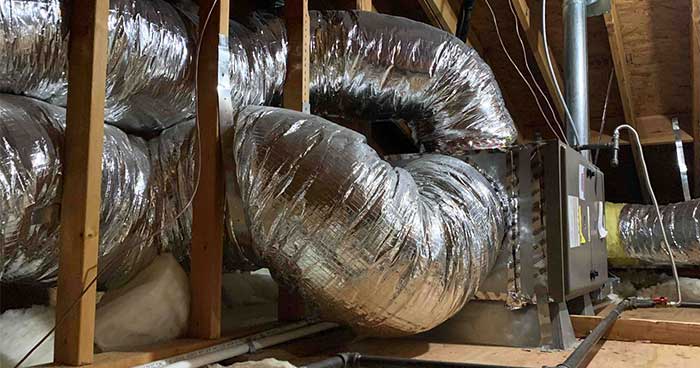Parts of an Air Conditioner
It’s easy to take an air conditioner for granted during a Southern California summer. Even here, we’re guilty of doing it. While your HVAC system may just look like a big box that goes on and off, the truth is it’s full of intricate parts that all play a role in your overall comfort and safety. If you’ve ever wondered what they are, here are the parts of an air conditioner and what they do.
Any central HVAC system contains two major parts. The outdoor unit, called a condenser and an indoor unit called a furnace. Though the furnace is most associated with heat, it plays a major role in the cooling process as well.
Parts of an Air Conditioner: Indoor Unit
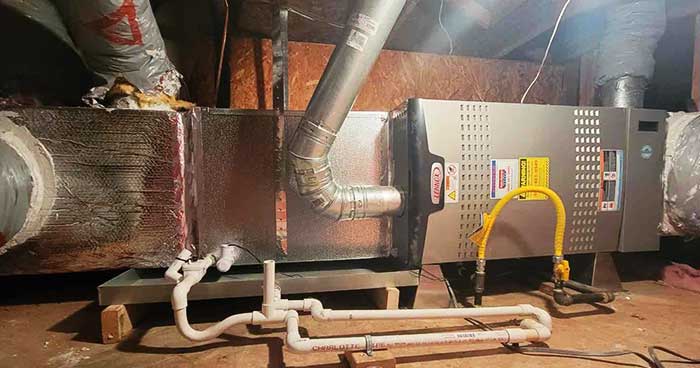
The indoor half of your HVAC system does most of the work throughout the year. Don’t get us wrong, the condenser is crucial for cold air, but the furnace is used during all seasons.
We’ve talked about the parts of a furnace and what they do, now it’s time to see how a furnace works to make cool air.
Thermostat
Without the thermostat, your system wouldn’t even turn on. This is why it’s so important to have a thermostat that is up to date and works with your system.
To start any sort of air cycle—whether it’s heating or cooling—you’ll first turn on the thermostat. By doing so, you’re telling the HVAC system whether you want to heat or cool your home, and what temperature setting you want.
Evaporator Coil
Before we get into what an evaporator is, we’re telling you about refrigerant. Refrigerant is considered a “working fluid” that absorbs heat from the air. Without refrigerant, we wouldn’t have cool air.
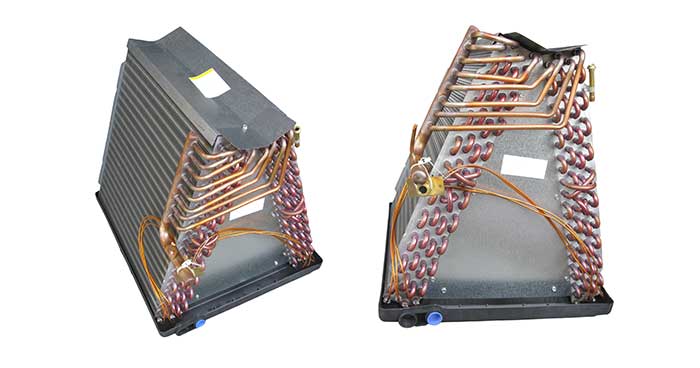 Refrigerant is pumped from the outdoor condenser to the evaporator coil which lives in the furnace. The evaporator coil cools the refrigerant so it can absorb heat and humidity from any air flowing through your HVAC system
Refrigerant is pumped from the outdoor condenser to the evaporator coil which lives in the furnace. The evaporator coil cools the refrigerant so it can absorb heat and humidity from any air flowing through your HVAC system
To cool your home, the HVAC system will use ambient air that’s already inside your home. When this air is pulled into the system, it moves over the evaporator coil. By cooling the refrigerant, the evaporator coil pulls any heat and humidity from the air.
Thus, with the help of the blower, it sends cool air back into your home.
Expansion Valve
Now that you know refrigerant needs to flow into the evaporator coil, we can tell you about the expansion valve.
The expansion valve is located in the refrigerant line, close to the evaporator coil. And it controls how much refrigerant is released into the coil. The expansion valve allows the system to work more efficiently.
When the evaporator coil gets too much refrigerant, the refrigerant can collect at the bottom of the input line. When the evaporator coil receives too little refrigerant, it’s forced to work harder to produce the same amount of air.
The expansion vale ensures your evaporator coils receives the perfect amount of refrigerant.
Blower
The blower is an essential part of your HVAC system. Without it, the treated air would have nowhere to go.
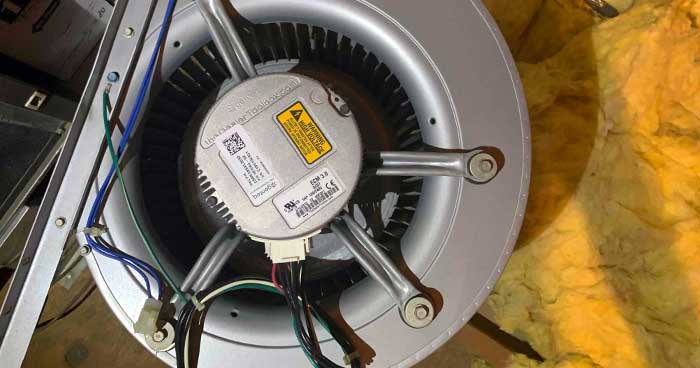
The blower produces air movement. It sends treated air back into your home and provides you with nice, cool air.
Blower Motor
All blowers need a blower motor. The motor makes sure the blower is constantly rotating and doing its job. The blower motor powers the blower to distribute treated air throughout your home.
Filter
The air filter has two very important jobs. First, it keeps dust and other debris from getting into your HVAC system. When enough dust collected on the parts of your system, it could lead to damage.
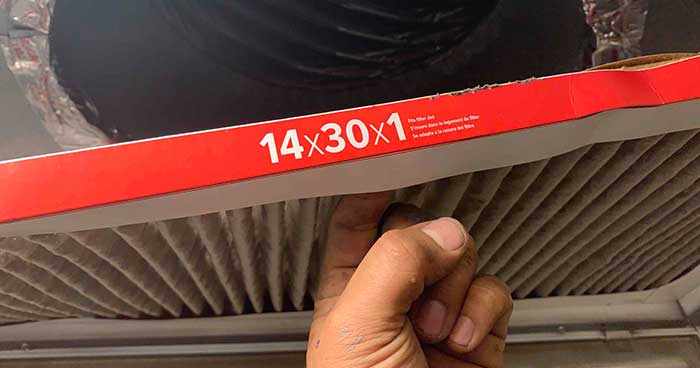
The second, and perhaps most important, job for a filter is to protect anyone in your home. Depending on the size and material, air filters can block, dust, dander, allergens, and even viral particles from getting into your lungs.
Ductwork
Ducts, or ductwork, are a series of flexible metal tubes that transport temperature treated air from your HVAC system to your home. Ductwork snakes through your basement, attic, and even inside your walls to reach the vents you see dispersed throughout your home.
Damper
The damper is pretty much the air traffic control of your HVAC system. When your system is on, there’s air constantly coming and going. All that air needs to be told where to go.
Dampers will ensure air is sent to the proper duct, so your home is evenly cooled.
Supply and Return vents
All treated air in your home needs an entry and exit point. This is where the supply and return vents come into play.
Return vents bring air in and back to the HVAC system. Supply vents send the treated air back into your home.
Parts of an Air Conditioner: Outdoor Unit
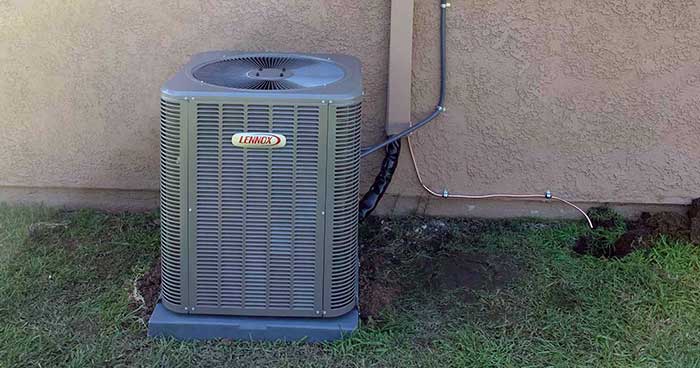
Your outdoor AC unit is called a condenser. The condenser is home to 4 major parts that are critical to the home cooling process.
Condenser Coil
Remember the evaporator coil we mentioned above? The condenser coil is the opposite.
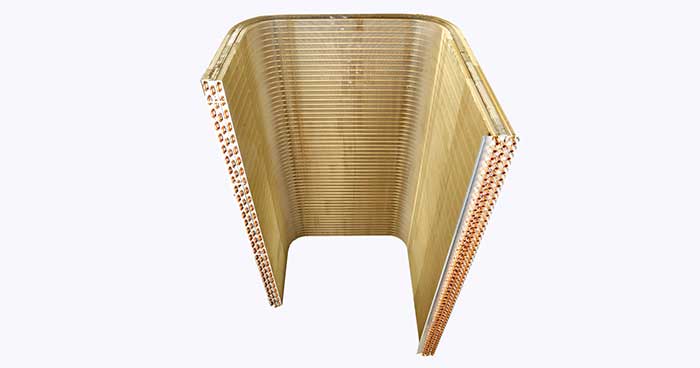
What we mean is that refrigerant heats in the condenser and makes the condenser coils very warm. This is done so heat can transfer from the refrigerant to the outdoor air.
The air conditioning process does not cool your air, it pulls heat from your air. That heat needs somewhere to go. The condenser sends all the warmth pack into the atmosphere.
Fan
The coils release heat back into the atmosphere, but that heat needs to go somewhere, right? This is where the fan comes in.
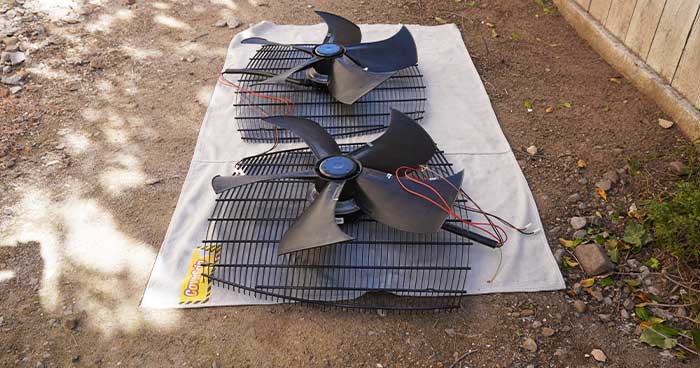
The fan moves extreme heat away from the condenser which helps stop the entire unit from overheating.
Compressor
The refrigerant we talk so much about needs a way to move from the condenser to the furnace and a way to convert from gas to liquid. This is all done in the compressor.
When refrigerant comes to the condenser from the furnace, it’s already hot. The compressor heats the refrigerant even further so it’s warmer than the outdoor air. Heat will transfer from the hot refrigerant to the cooler outdoor air.
The compressor then releases the pressure and sends the refrigerant back up to the evaporator coils where the refrigerant gets so cold that it pulls the heat from the air in your home.
Refrigerant Line
All that refrigerant needs some direction. The refrigerant line connects the condenser and furnace. Essentially allowing refrigerant to move between the two.
Know When It’s Time to Call for Help.
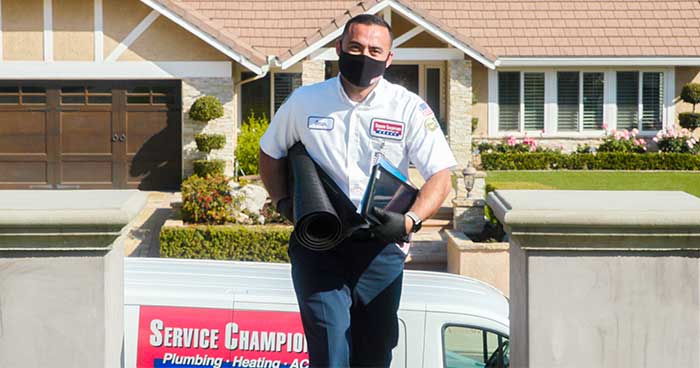
One of the best things you can do for your HVAC system is to get help sooner rather than later. We believe an ounce of prevention is better than a pound of cure. Here are some obvious signs it’s time to call an HVAC professional in for help:
- Hearing strange sounds coming from your system.
- Smelling something weird coming from your heating and cooling vents.
- Unusually high humidity levels.
- And, when your AC won’t cool at all.
